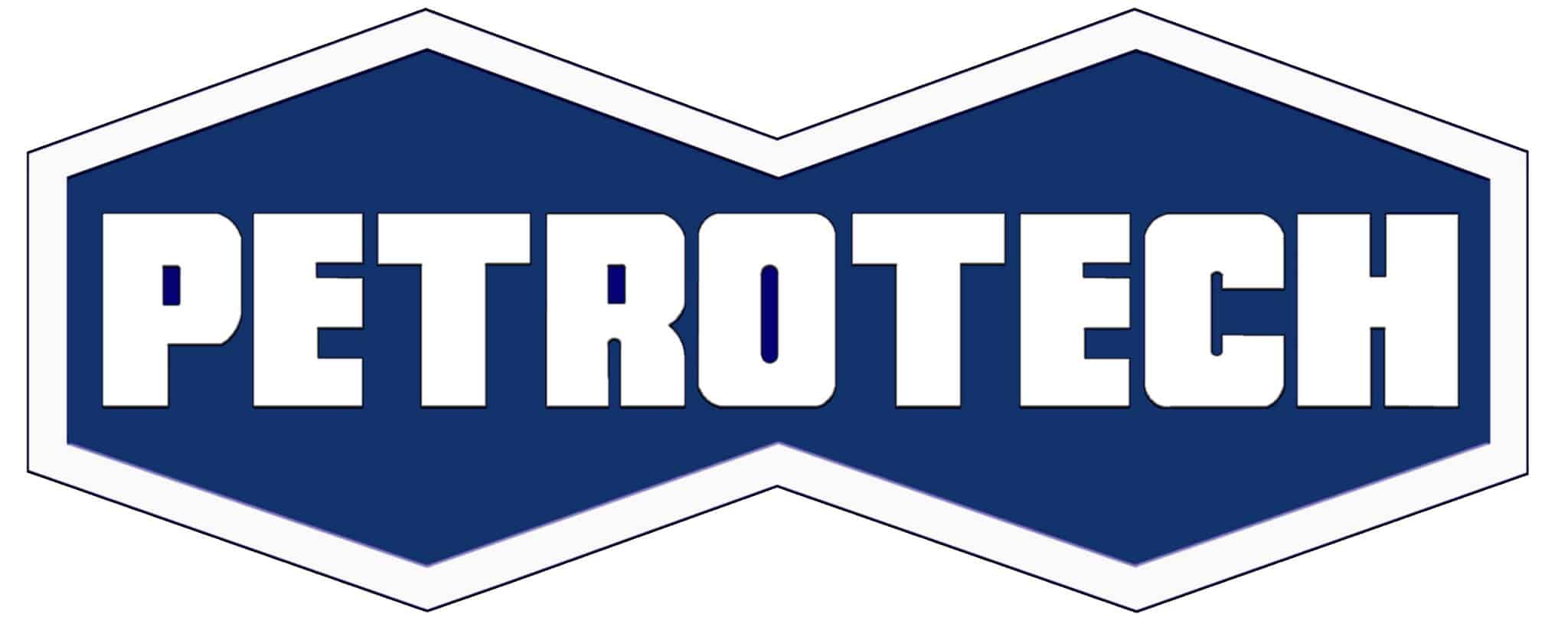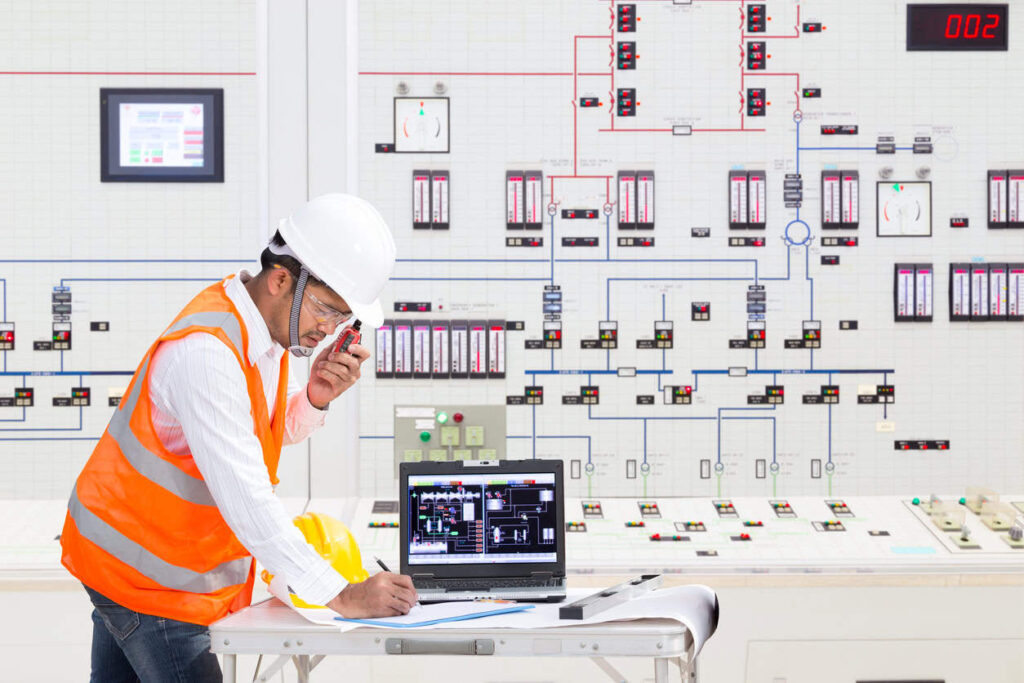A PID controller is fundamental in industrial control systems due to its ability to maintain stable and precise process control. PID stands for Proportional-Integral-Derivative, referring to the three separate parameters used to calculate the control output. These controllers serve to regulate process variables such as temperature, pressure, and flow rate so that output remains within desirable limits. In this article, we delve into how a PID controller works, PID controller tuning, and examples of applications in industry.
How Does a PID Controller Work?
A PID controller continuously calculates an error value as the difference between a desired setpoint (e.g., target temperature) and a measured process variable. Based on this error, the controller generates a corrective output signal to adjust the process accordingly. The output signal is a weighted sum of three components:
- Proportional (P): The proportional term responds proportionally to the current error value. It provides a rapid response to changes in the error but cannot eliminate steady-state errors.
- Integral (I): The integral term accumulates the error over time and responds to any offset or bias in the system. It helps eliminate steady-state errors but can cause overshoots or oscillations if not tuned properly.
- Derivative (D): The derivative term predicts future errors by calculating the rate of change of the error. It helps dampen oscillations and provides a more stable and responsive control system.
By tuning and summing these three components, a PID controller can rapidly react to disturbances, minimize overshoot and oscillations, as well as hold a process variable extremely close to its setpoint.
PID Controller Tuning
Tuning entails adjusting the gains (weights) of a PID controller to achieve a desirable system performance. The goal of tuning is to find optimal values for the proportional, integral, and derivate parameters. Thus, enabling the system to meet design requirements and possess features such as fast response, minimal overshoot, or steady-state accuracy. There are various tuning methods, including manual tuning, Ziegler-Nichols tuning, and software-based auto-tuning techniques.
Manual Tuning
- Start with all gains set to zero.
- Increase the proportional gain (P) until the system responds with an acceptable level of oscillation or overshoot.
- Add integral gain (I) to eliminate steady-state error, but be cautious as it can cause instability if the increment is excessive.
- Increase derivative gain (D) to dampen oscillations and improve response time.
- Iteratively adjust the gains, observe the system response, and find the optimal balance between responsiveness and stability.
Ziegler-Nichols Tuning
This method uses empirical rules based on the system’s open-loop or closed-loop response to determine initial gain values, which are then fine-tuned through iterative adjustments.
Ziegler-Nichols Open-Loop Tuning
- Disable the integral and derivative terms (set I and D gains to zero).
- Increase the proportional gain until the system exhibits sustained oscillations.
- Record the proportional gain value (Ku) and the oscillation period (Pu).
- Use the Ziegler-Nichols formulas to calculate the initial PID gains based on Ku and Pu.
Ziegler-Nichols Closed-Loop Tuning
- Set the integral and derivative gains to zero.
- Increase the proportional gain until the system exhibits a sustained oscillation.
- Record the proportional gain value (Kc) and the oscillation period (Pc).
- Use the Ziegler-Nichols formulas to calculate the initial PID gains based on Kc and Pc.
Software-based Auto-Tuning
Many modern PID controllers have built-in auto-tuning features. So, the operator can simply follow the manufacturer’s instructions for initiating the auto-tuning process. After activating this, the controller will automatically adjust the gains based on the system’s response to specific input signals, such as step or relay feedback tests.
Automated Tuning Methods
Some PID controllers have built-in auto-tuning features that use algorithms to determine the optimal gains automatically. Common auto-tuning methods include relay feedback, pattern recognition, and adaptive tuning. The controller introduces a specific input signal (e.g., step, pulse, or relay feedback) and analyzes the system response to calculate the appropriate gains.
PID Controller Examples
PID controllers are widely used in various industries due to their versatility and effectiveness in controlling diverse processes:
| Industry | PID Controller Examples |
| Oil and Gas Production | Driver and Anti-surge Control: regulate the speed and torque of electric motors. It also provides control for fuel flow, air intake, and exhaust systems of gas turbines. |
| Pipeline and Gas Processing | Driver and Anti-surge Control: regulate the speed and torque of electric motors. Also provides control for fuel flow, air intake, and exhaust systems of gas turbines. |
| Petrochemical and Refining | Turbine and Compressor Control Systems: Anti-surge control, discharge pressure control, and capacity control. |
| Power Generation | Boiler Drum Level and Condenser Pressure Control: Turbine speed and load control. |
| Marine | Well Drilling: Control weight-on-bit, rotational speed, and mud flow rate.Gas Compression: Control speed and discharge pressure. |
| Automation | Motion control in robotics and CNC machines.Temperature control in ovens and furnaces.Flow control in filling and packaging systems.Pressure control in pneumatic and hydraulic systems. |
Selecting the Right Control System with Petrotech
For over 50 years, Petrotech has developed and installed retrofit turbo machinery control systems, executing projects in excess of 2,500 customized systems. Services include design, engineering, manufacturing, installation & commissioning, including R&D and consultancy, to develop the right specifications for our client’s project needs. Contact us today as we are a partner in developing the most efficient and cost-effective control system solution for your facility.


